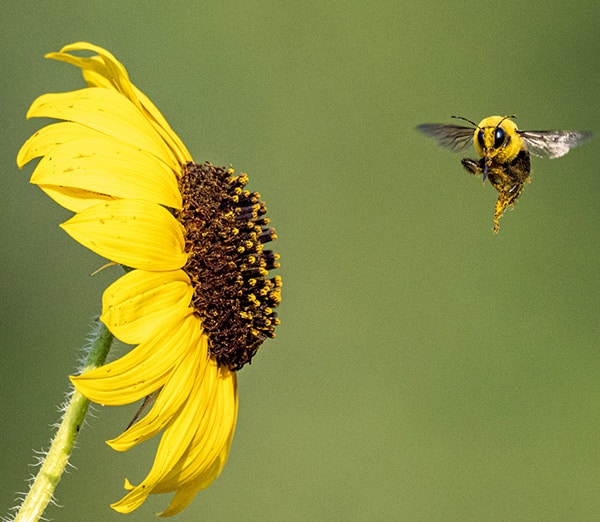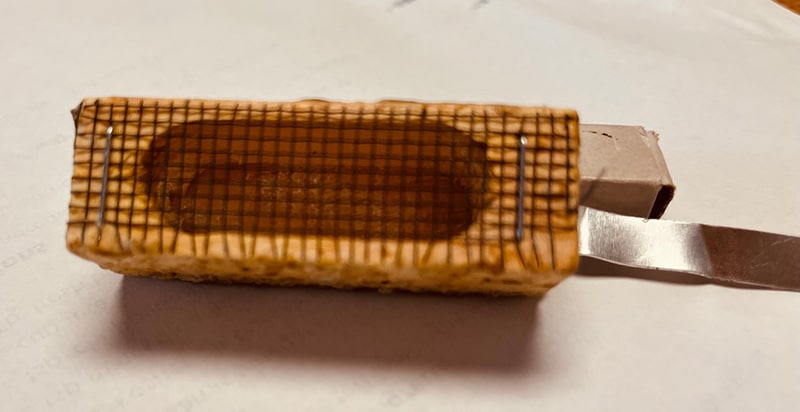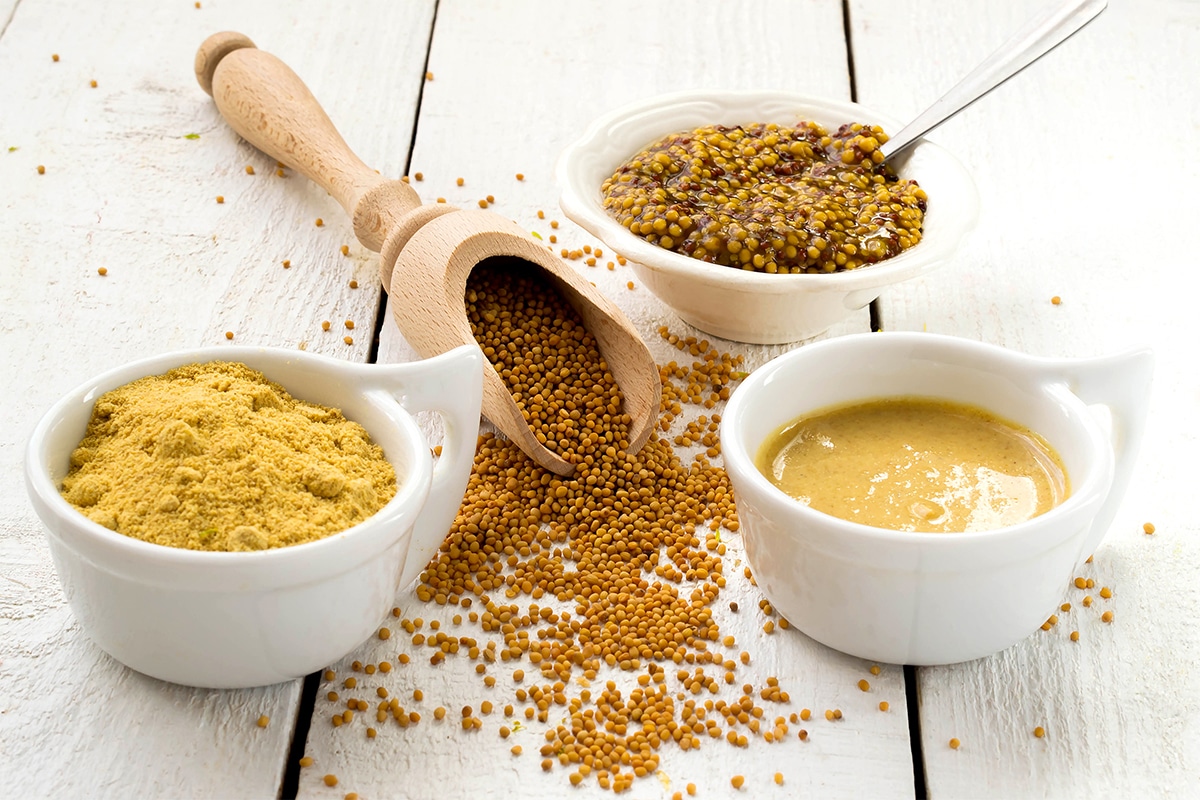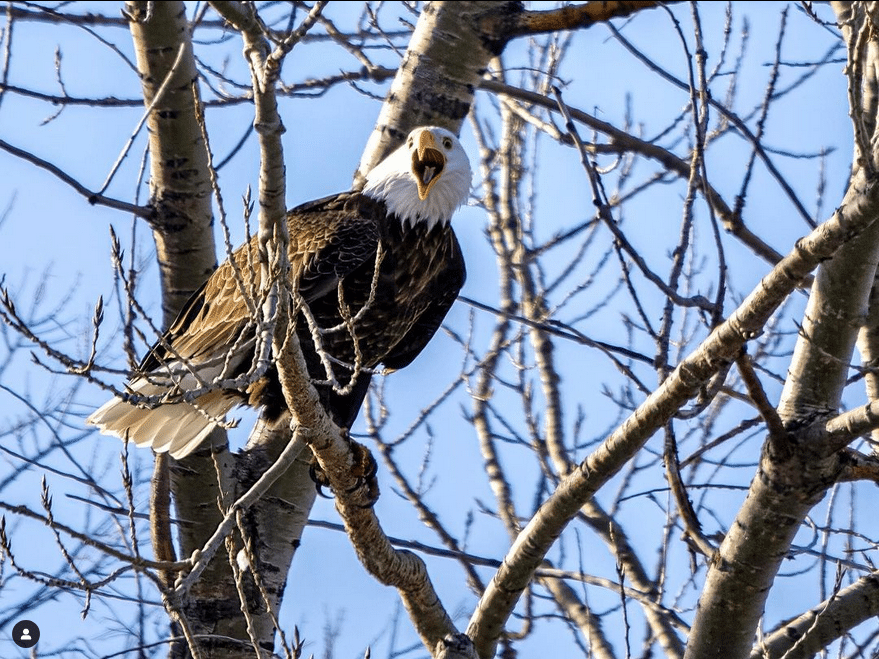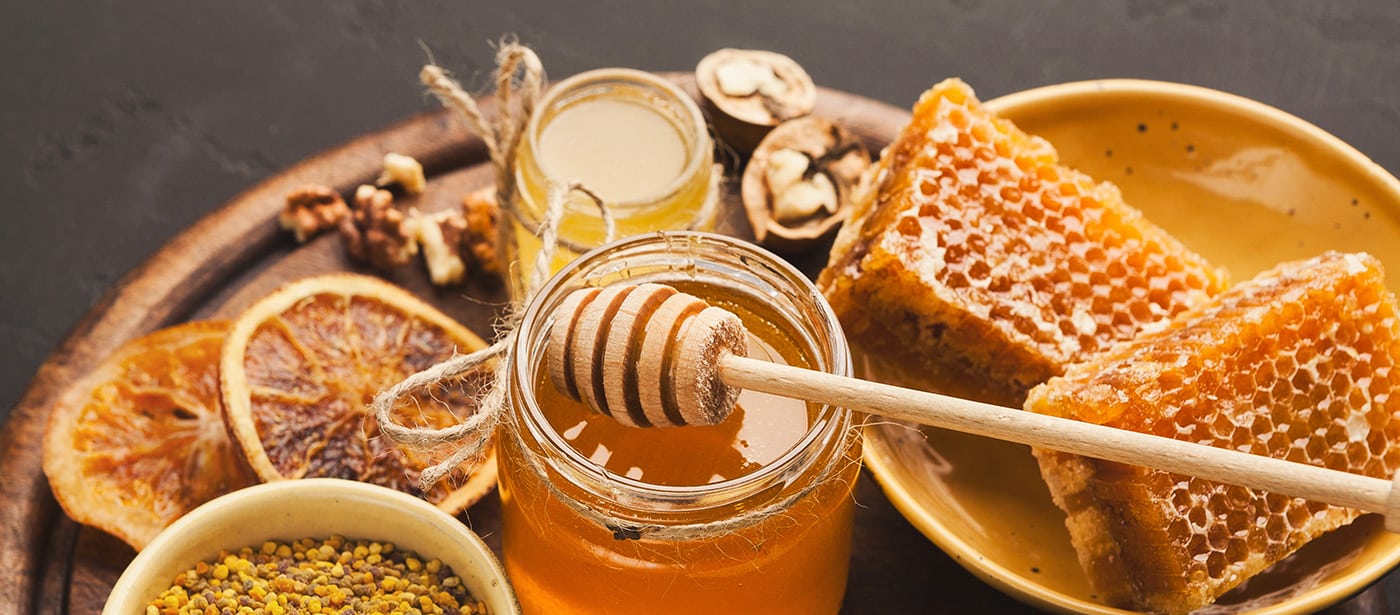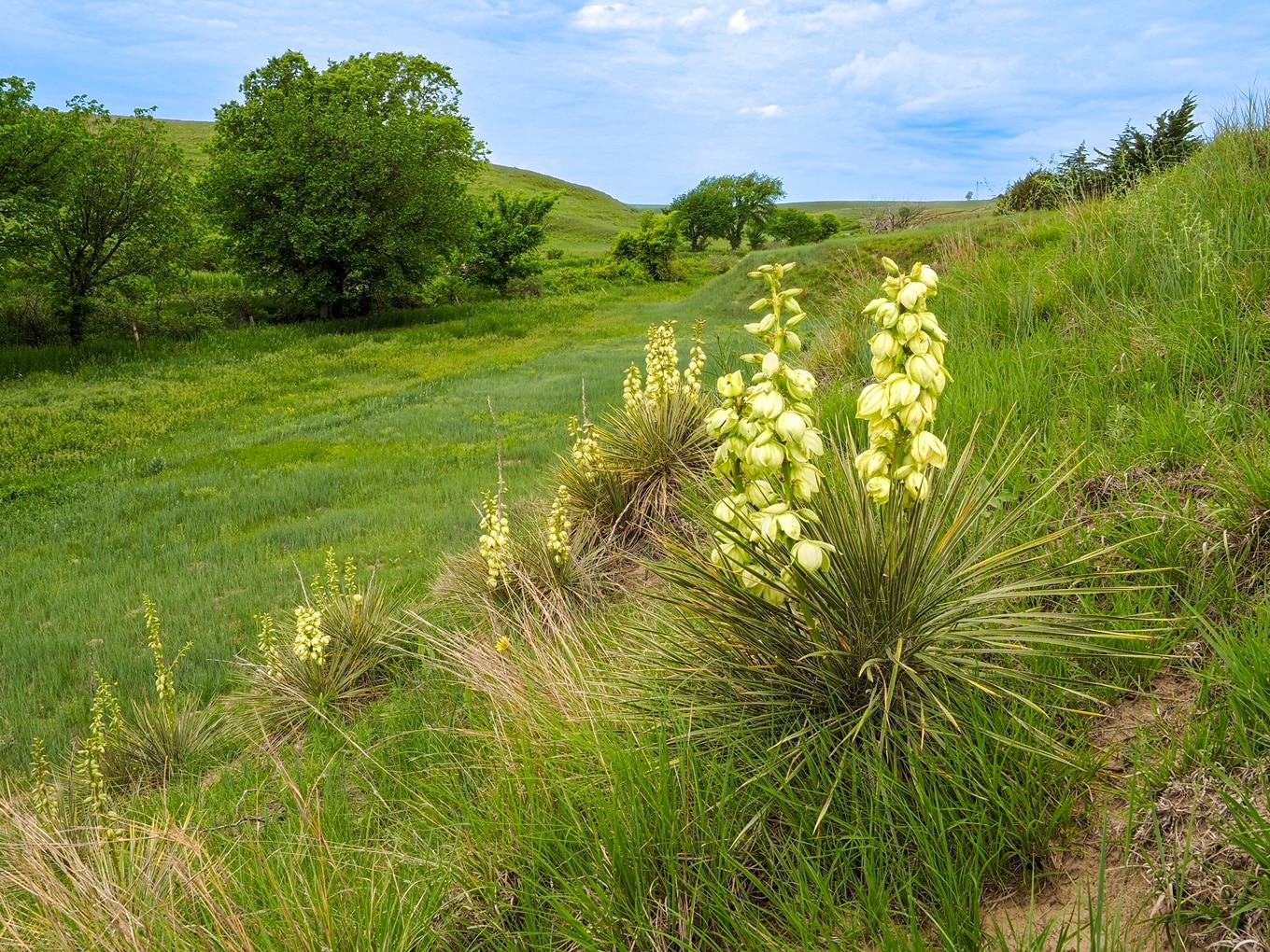
The Nebraska Yucca Plant
Nebraska’s iconic plant, the Yucca is blooming in the Nebraska prairie where the handsome, fearsome yucca lives long and with distinction. Roots 20 feet down in the earth and sword-like leaves with a waxy finish protect the yucca during long periods of drought.
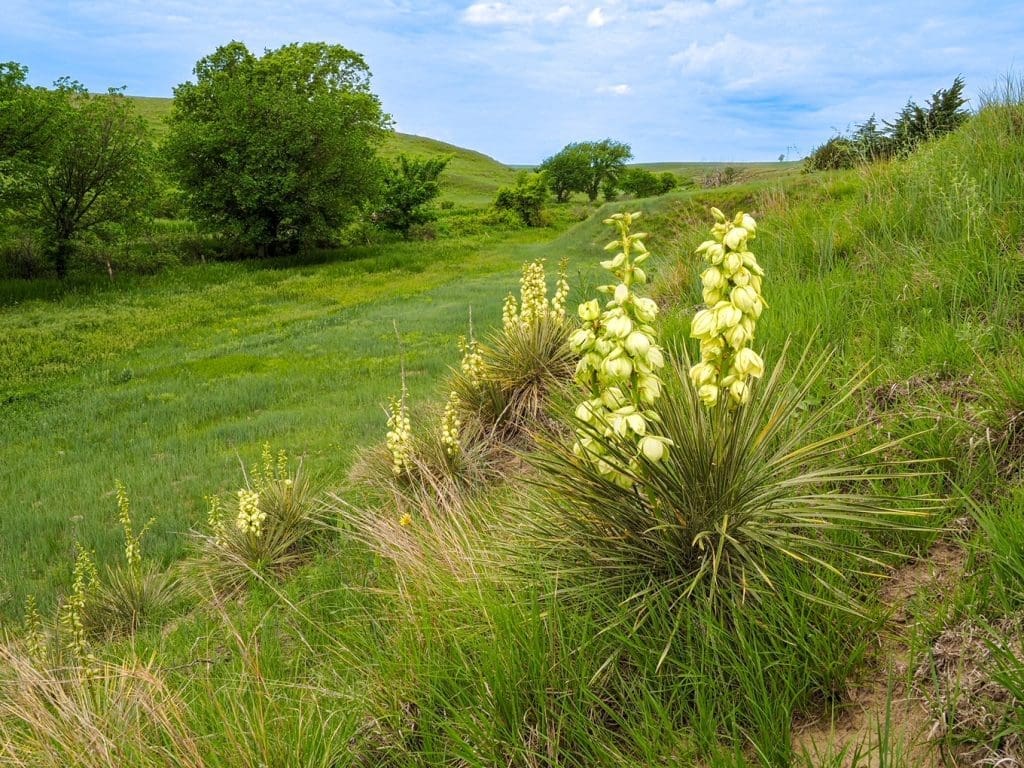
In early June, the Yucca produce creamy white bell-shaped flowers, and the flowers are edible – lots of crunch and juice with a mild flavor. The yucca roots may be made into a soap and a medicine for skin rashes. I ordered yucca roots to eat at a Bistro in Minneapolis. They were served boiled and salted and then with a sauté. The roots taste bland and yet yucca roots have nourishing attributes and were considered fruits of the prairie among the Indians who hunted and foraged on the prairie.
The photo by photographer Don Brockmeier illustrates the sharp leaves and the flowers, blooming as I write this on June 5.
-
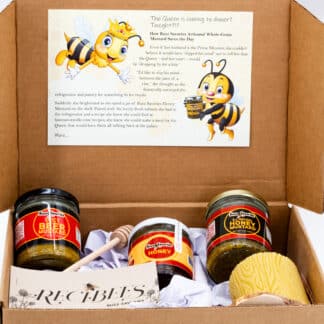
Spicy and Sweet Gift Set
$55.00 Add to cart -
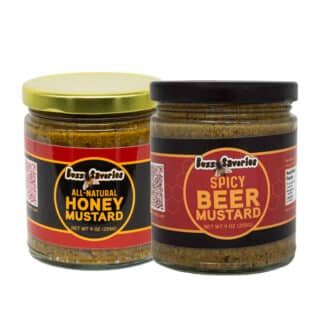
Mix & Match Sets
$25.00 Select options This product has multiple variants. The options may be chosen on the product page -
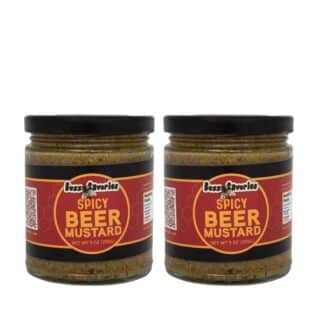
Spicy Beer Mustard
Rated 5.00 out of 5$25.00 Add to cart

